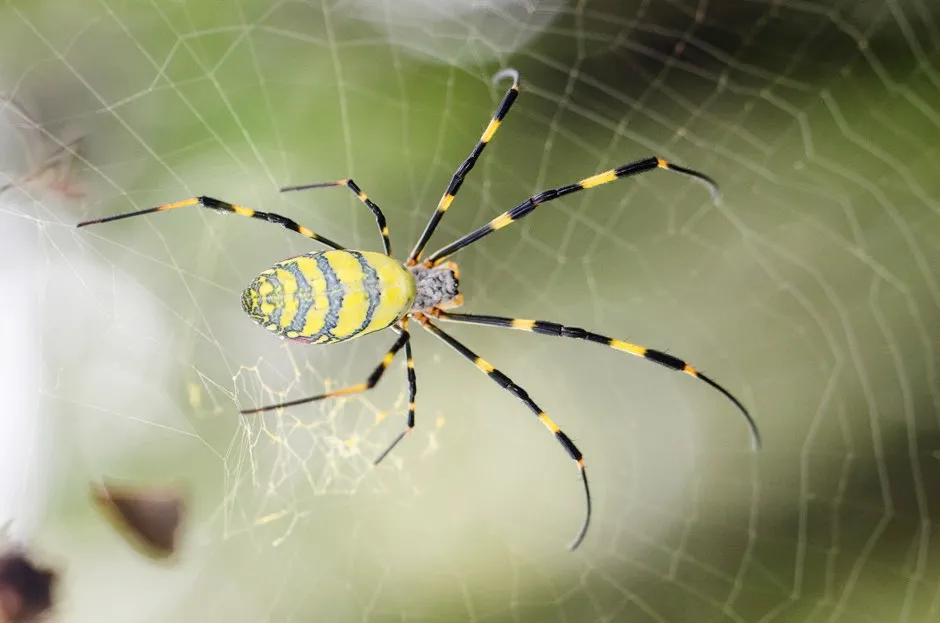A marine bacterium has been genetically engineered to produce spider’s silk, a material with many applications, including in the medical, aerospace and clothing industries.
The silk that spiders use to form the spokes of their web is called dragline silk, and it’s tough, lightweight and biodegradable. It’s also biocompatible, which means it is compatible with living tissue and is not attacked by an animal’s immune system.
“This makes it safe for use in biomedical applications such as drug delivery systems, implant devices, and scaffolds for tissue engineering,” said Choon Pin Foong, who was involved in the study to mass-produce the silk.
Read more about spiders:
- Spider silk used to create lenses for imaging human tissue
- Spider silk could be used to make robotic muscles
- Spider found nursing its offspring with milk
These properties make it widely used and sought after, so teams around the world have tried to find a way to generate large quantities in the lab. One spider can only produce trace amounts, and because the arachnids are too territorial and often cannibalistic, it’s not possible to breed large groups for this purpose.
Instead, researchers have successfully used plants, animal cell cultures, yeasts, and other insects to produce silk similar to that found in nature. However, these methods are expensive on a large scale.

By using the purple-coloured marine bacteria, Rhodovulum sulfidophilumm, scientists at the RIKEN Center for Sustainable Resource Science have created a ‘microbial cell factory’ that needs only seawater and a source of sunlight, carbon dioxide and nitrogen to survive. This process is carbon-neutral, said Keiji Numata, who led the research team, making it eco-friendly and sustainable.
The bacteria are photosynthetic, which means it uses sunlight to produce its own nutrients in nature. In the study, R. sulfidophilumm was genetically modified to instead produce a small amount of the protein chain that makes up dragline silk.
“We are now working to mass-produce spider-silk dragline proteins at higher molecular weights in our photosynthetic system,” said Numata.
Reader Q&A: Why don’t spiders get caught in their own web?
Asked by: Regan Cook, via Twitter
Spiders only put glue droplets on some of their strands of silk, and they tend to avoid these as they move around their web. Spiders also only touch the web with the tips of their feet (‘tarsi’), which have a non-stick coating.
In addition, a special claw on the end of each foot grips the web and pulls it against springy hairs. When the claw is released, the springy hairs push the web strand away, stopping it from sticking.
Read more:
